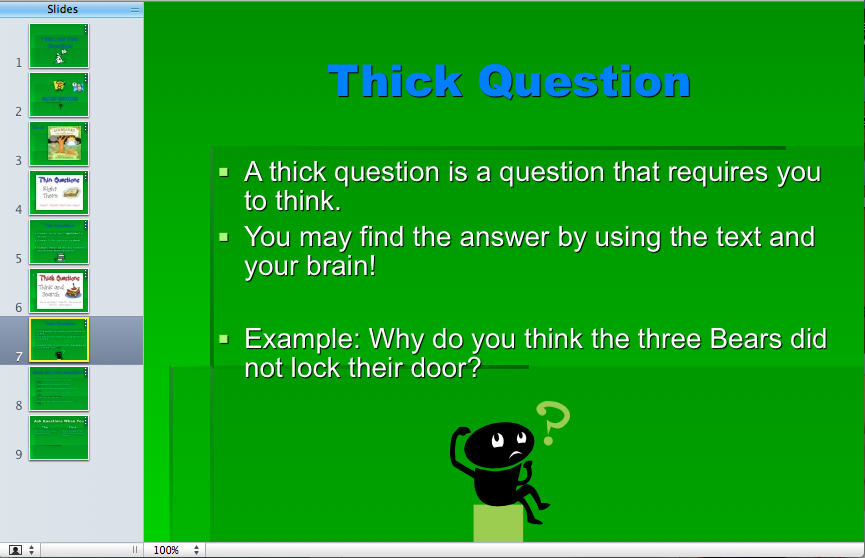Today I'm holding down the fort and blogging on my own because Anne is in the city watching her daughter run a race. I'm going to write about comic strips because I've become intrigued with them in the past few weeks.
As you know comic strips and comic books have been around forever, and in recent years graphic novels have become popular reading material for some kids. Truthfully, I've never paid much attention to that genre because I don't care for it. I think comics are difficult to read, the font is small and unappealing, and the illustrations are way to busy for my taste. However, lately I've been hearing about the effectiveness creating comics can have on students when they are trying to demonstrate their knowledge. Plus, it's fun and engaging!
When I attended the Smekens 2014 Literacy Retreat in June, Kristina Smekens stressed the significance of students recomposing the nonfiction information they read. Steve Moline, who wrote I See What You Mean: Visual Literacy K-8, Second Edition, defines recomposing as, "...simply reading information in one format and summarizing it in another format." Allowing students to recompose their knowledge in a comic strip format is a great way to help them visualize the information, as well as solidify their learning. A comic strip allows students to visualize the information chronologically so it makes sense. Kristina Smekens supplied us with a hard copy of a comic strip that students could write on and illustrate. You could easily create your own version using Pages or Word.
This sounded fun, but it wasn't until I read the article by Susan Stephenson titled Use Comics To Develop Literacy that I was convinced I had to try using them with my students. In fact, I decided to practice this idea with some of my tutoring students. Our district provides us with Comic Life, which is a cool web-based site that allows students to create comics. Unfortunately, mine is not working at the moment, but the Stephenson article gave me loads of other comic creating websites. I chose to use Pixton, which is free and very easy to use. The best thing about it this particular site is that students' comics can be saved and completed at a later date. Many of the other comic sites did not have that feature.
The screen shot below is of a comic that one of my students and I created about World War II. This student is a third grader who is fascinated by this topic. I wanted him to recompose his vast background knowledge, as well as the new knowledge he gained from what we had read together. We had so much fun, but I learned/remembered a few things. I needed to teach him that comic strips are like stories and must make sense. I also remembered that it is important to allow the students to explore the tools before having them begin a project. I think I was so excited all my teaching common sense flew out the window!
 |
| Remember, I did not give him a chance to explore with the cool tools, so he explored as we worked. That's why scenes don't make a lot of sense! |
Coincidentally, as I was searching for hands-on projects to do with the topic of World War II, I came upon an awesome site. One of the fun activities was for students to create comics about the war. I love when things click and come together! If anyone has to teach about WWII, I suggest checking out this site. It's awesome.
 |
| This site is so cool I wish I taught about this war. |
Anne and I are in the middle of writing a TpT lesson plan for the first story we are going to read with our third graders. It is called Charlie McButton Loses Power. We are so excited about comic strips that we are including a comic strip activity in the lesson! The activity will require students to make inferences and respond to the main character, Charlie McButton, as he deals with his difficult situation throughout the plot. We will let you know when our lesson plan is completed in case you would like to check it out.
I have a feeling we are going to find many ways to incorporate comic strips into our curriculum. It was well-received by my tutoring student, and I anticipate my two other students will find it fun and engaging, as well. I'll keep you posted.
Enjoy your weekend! Summer is going fast!
Kim and Anne














